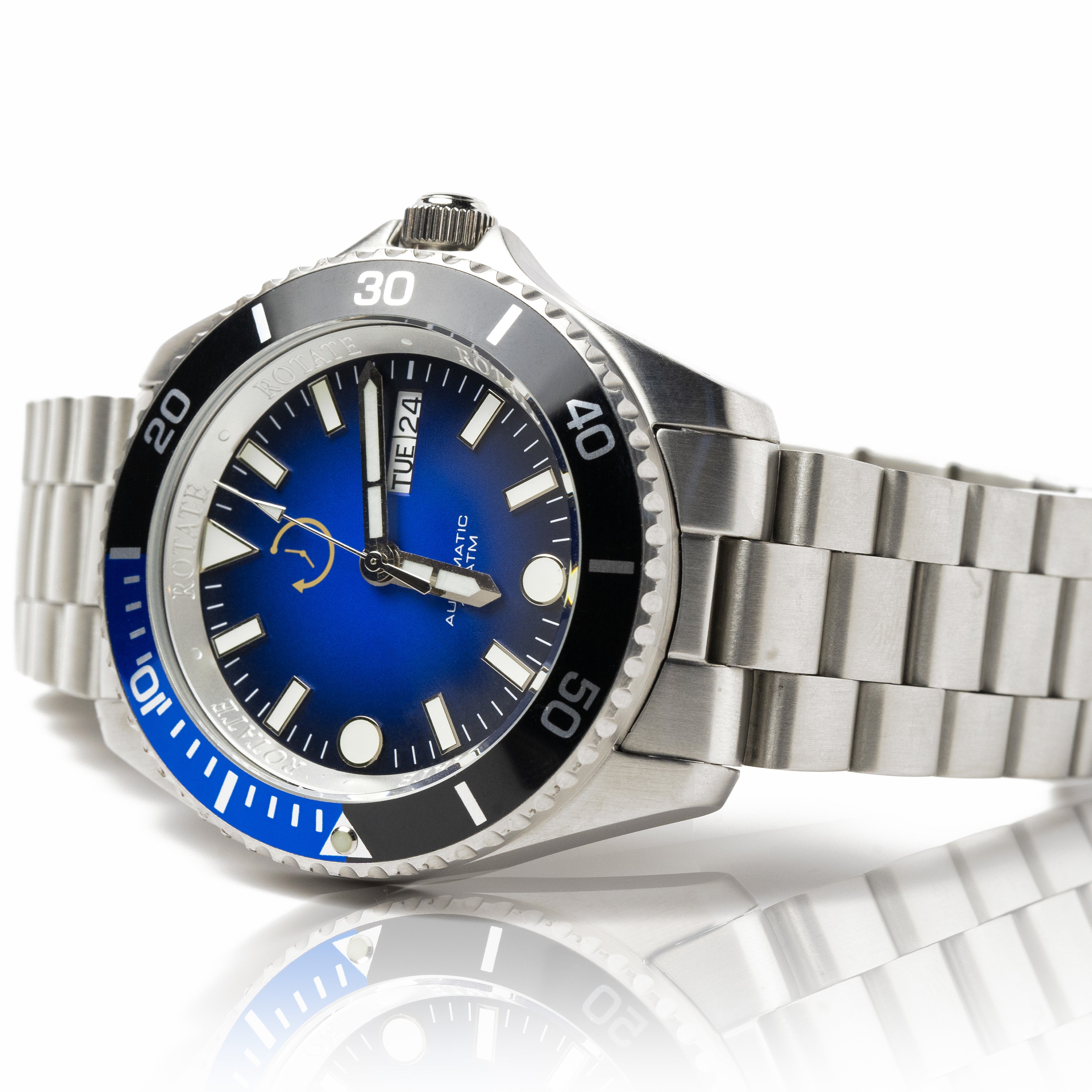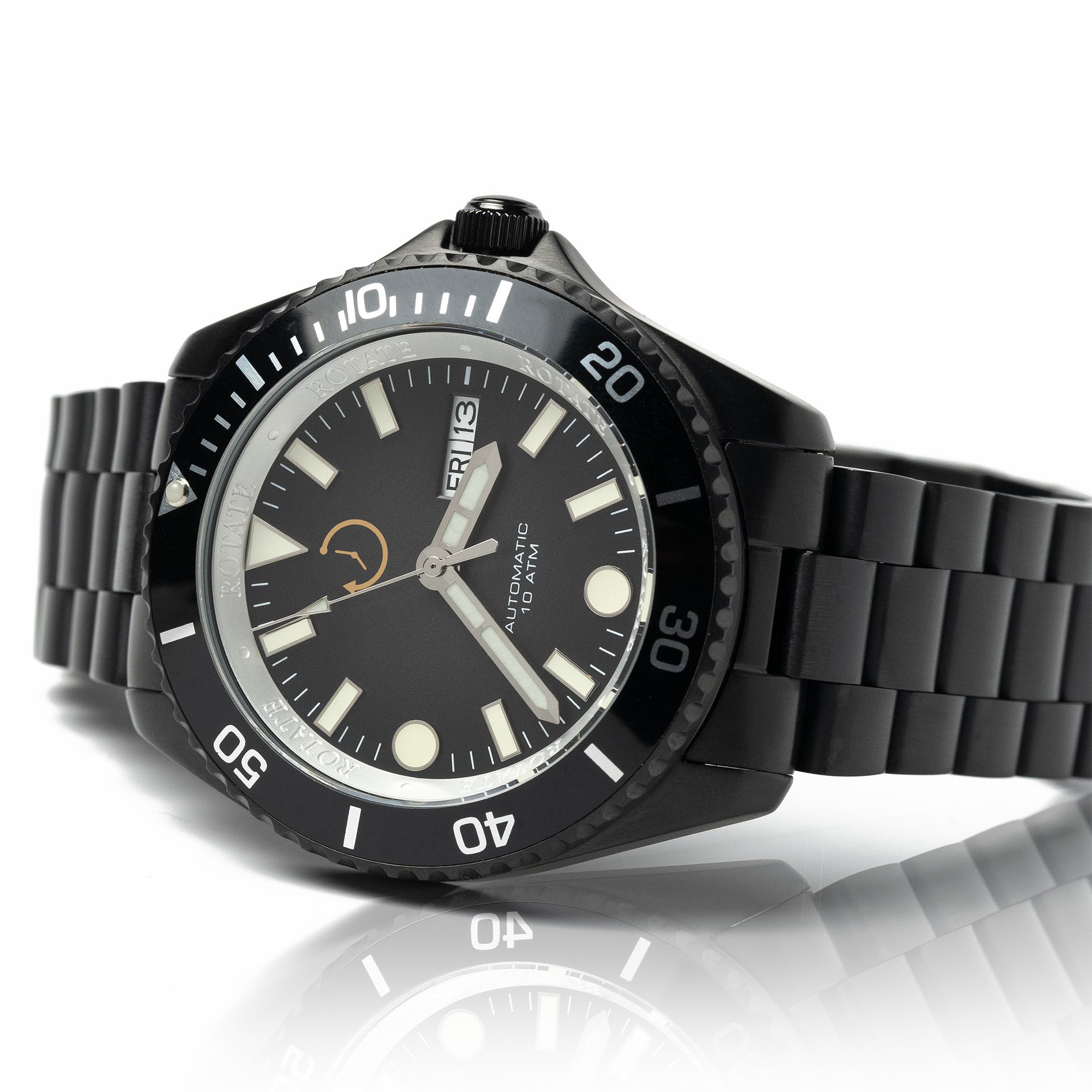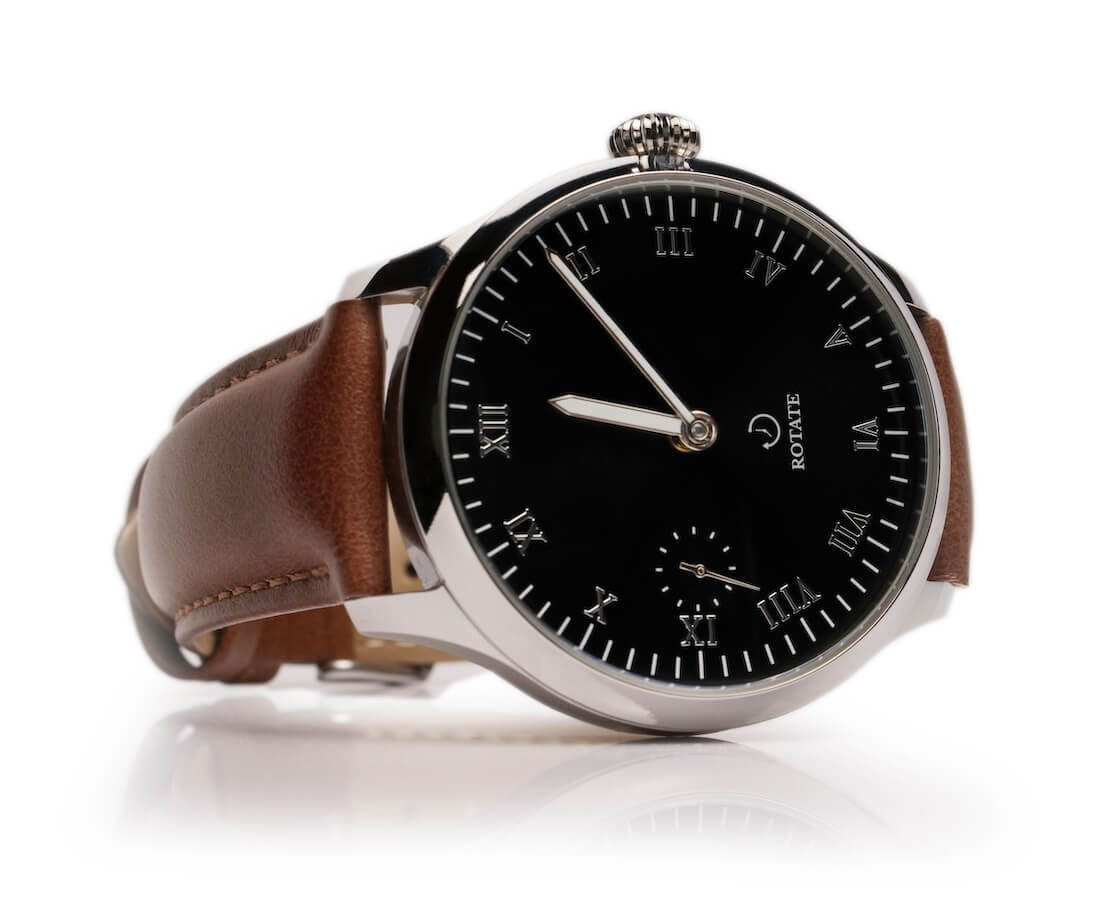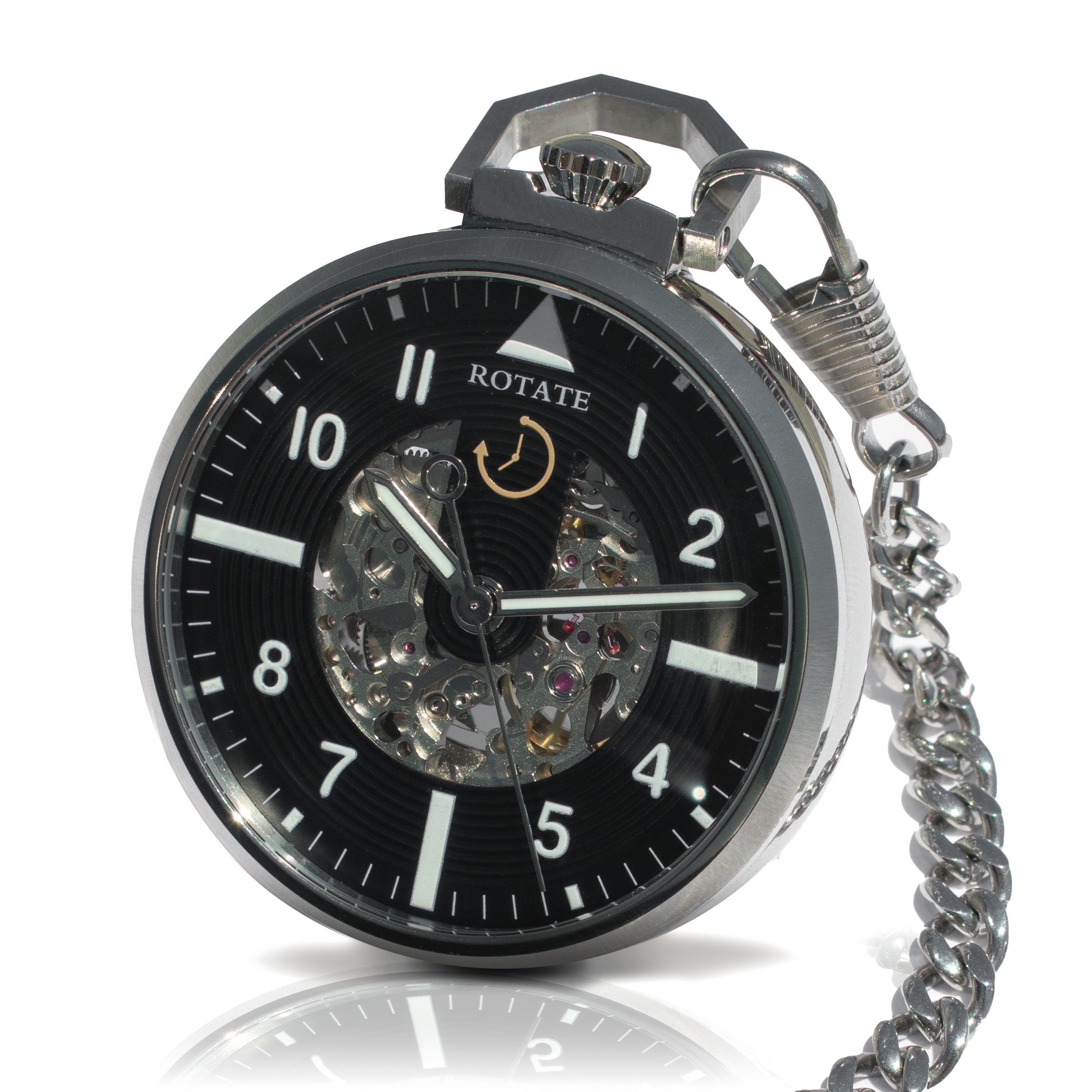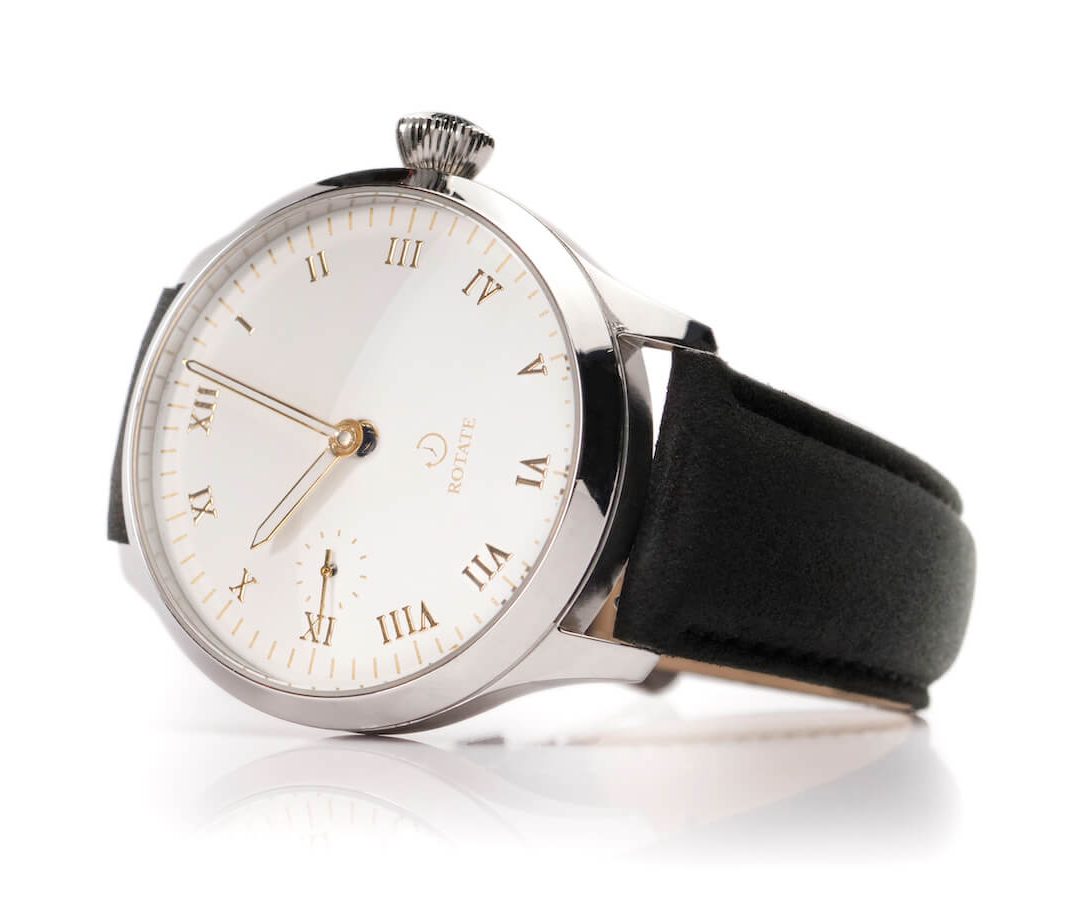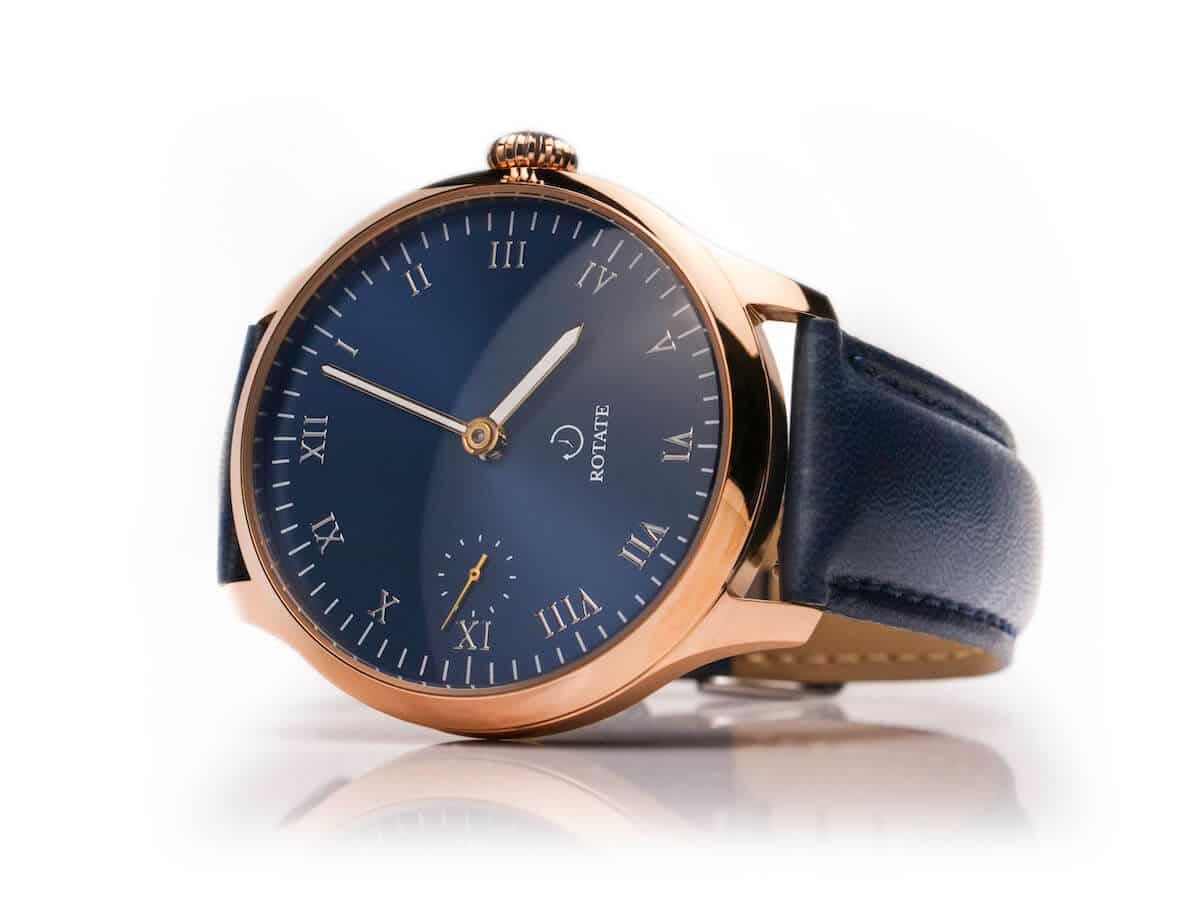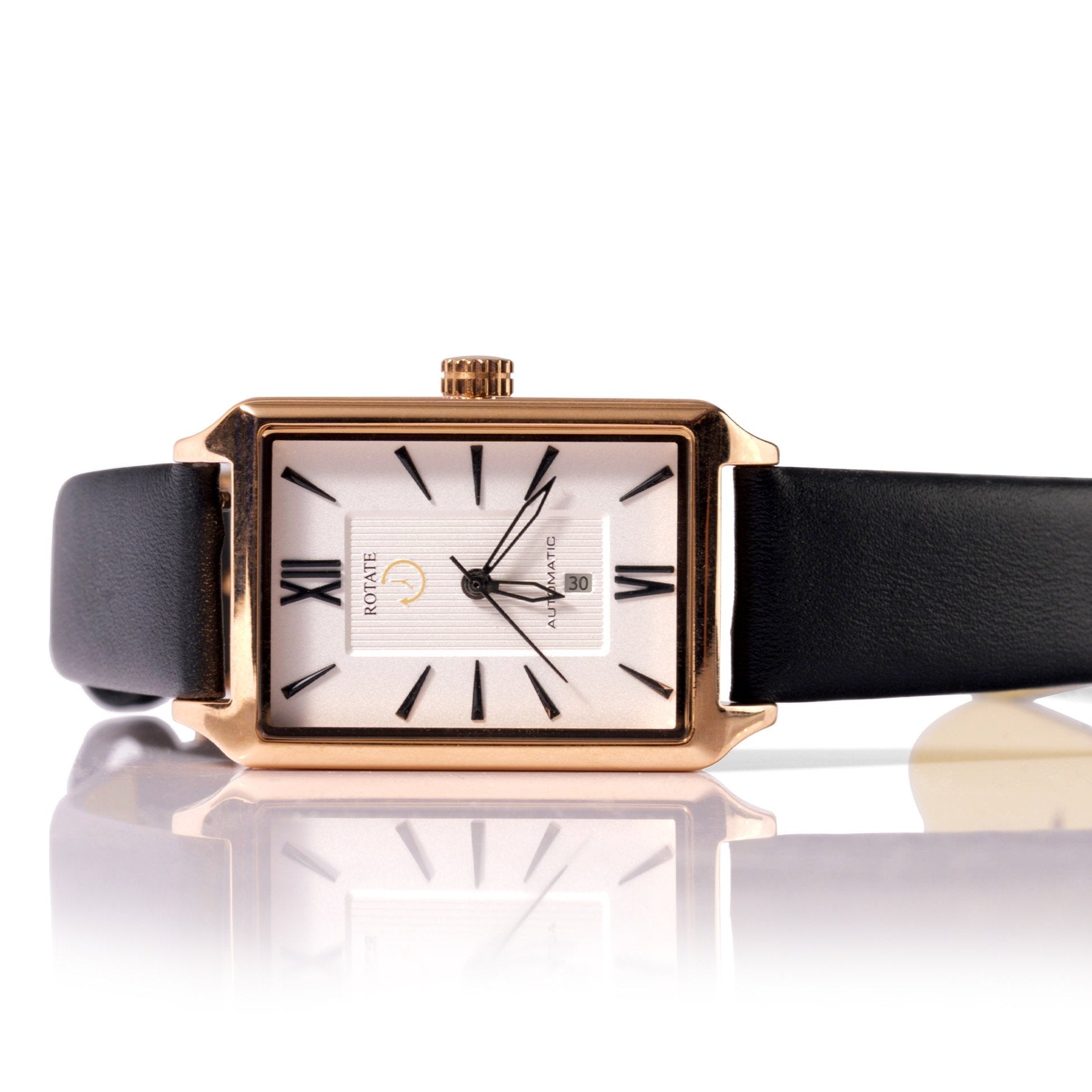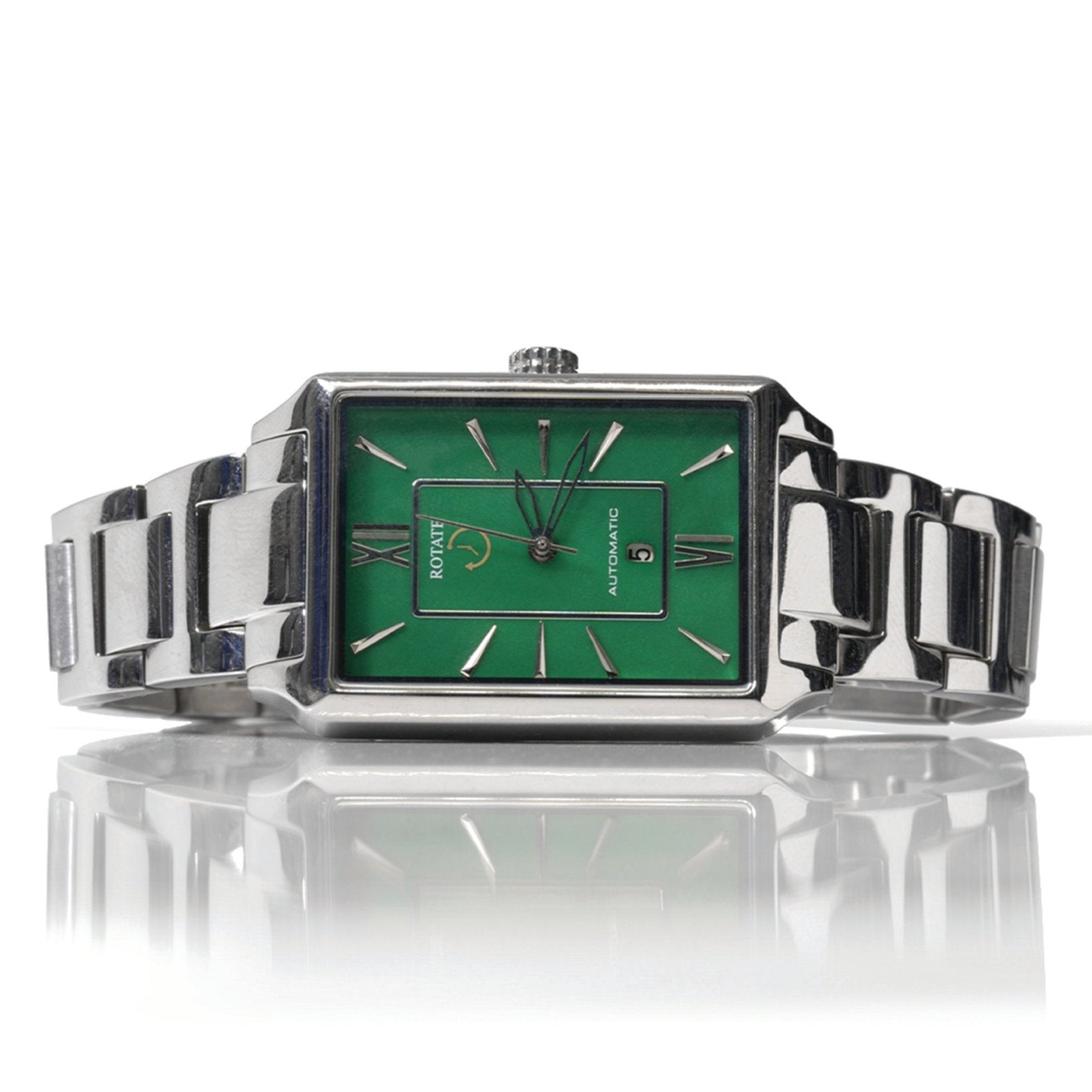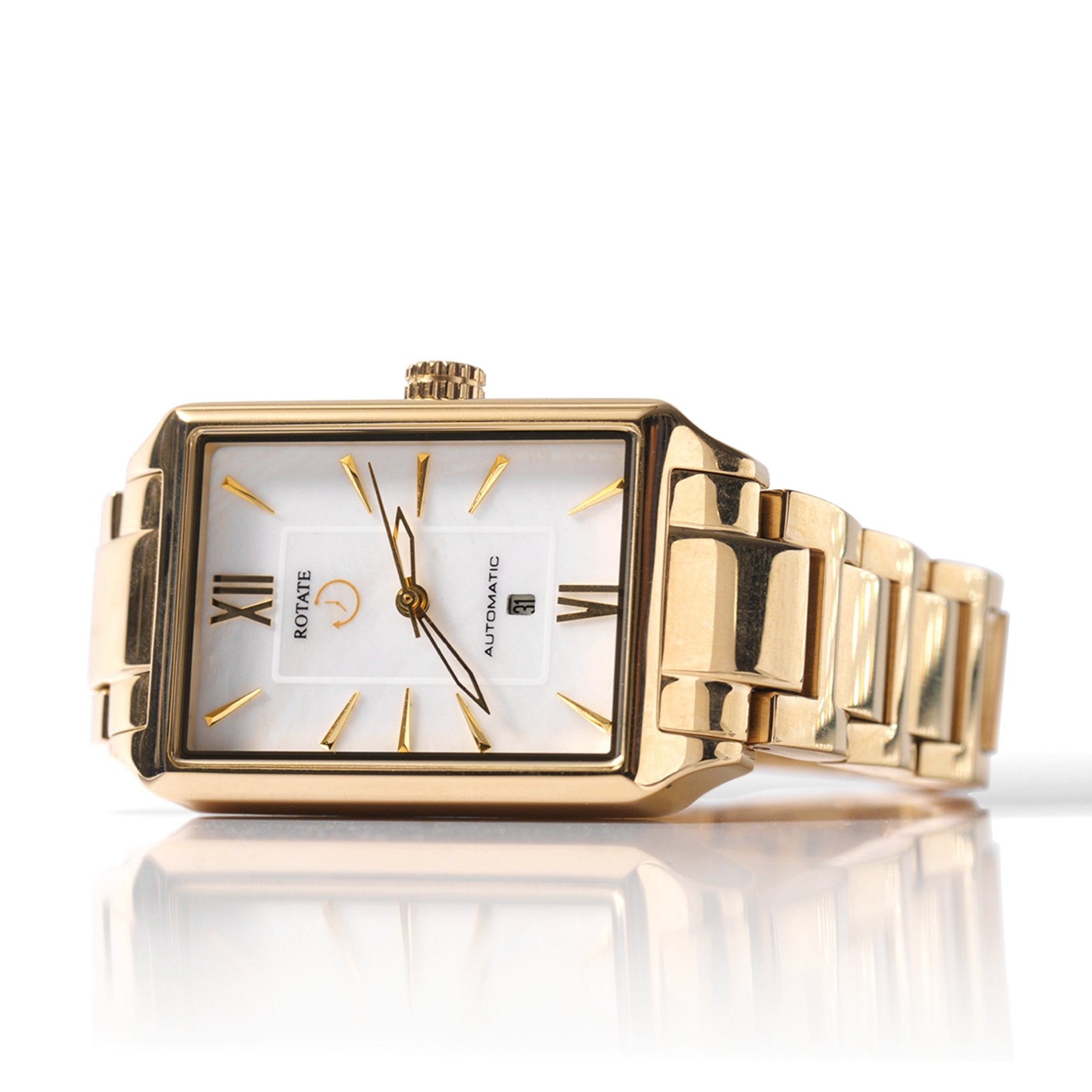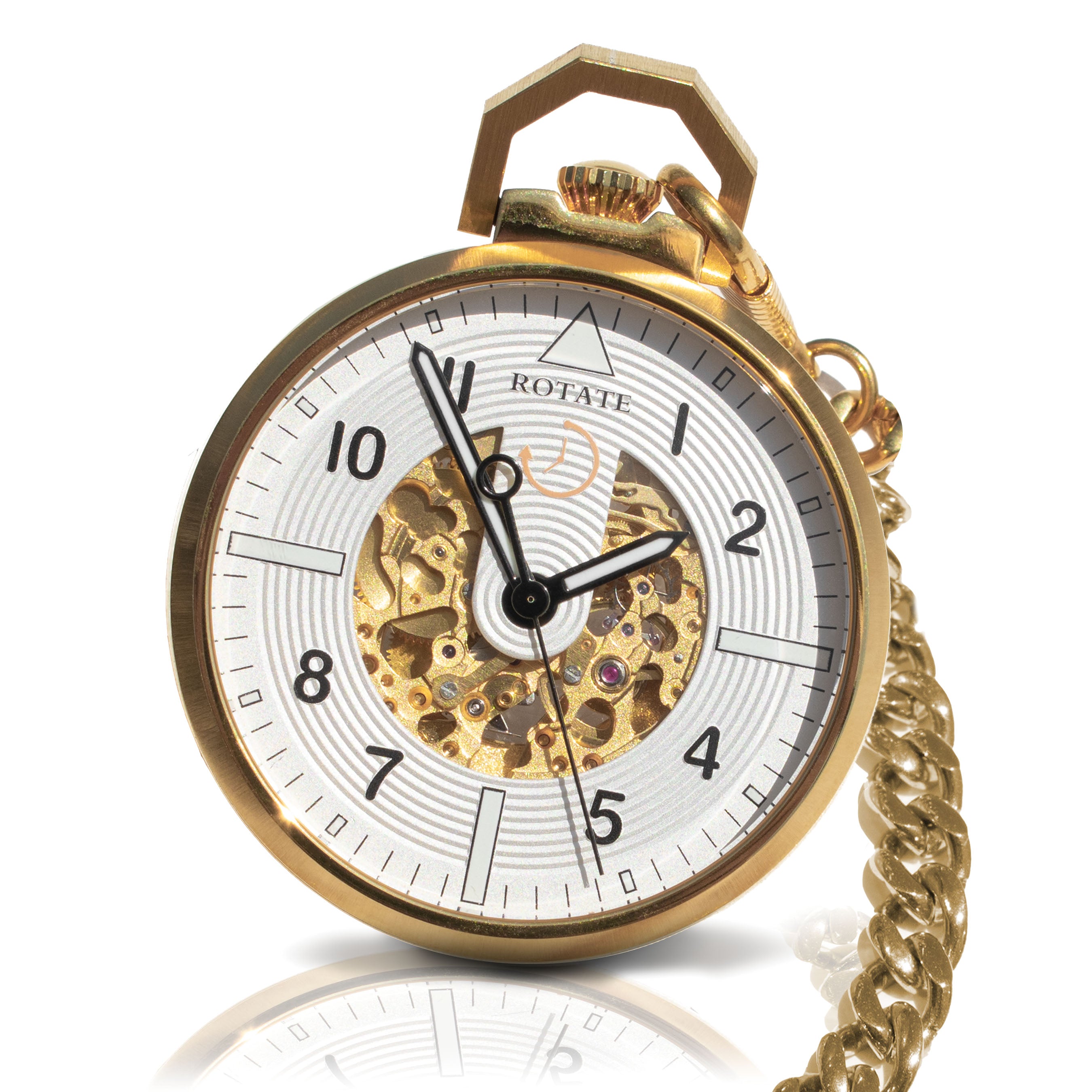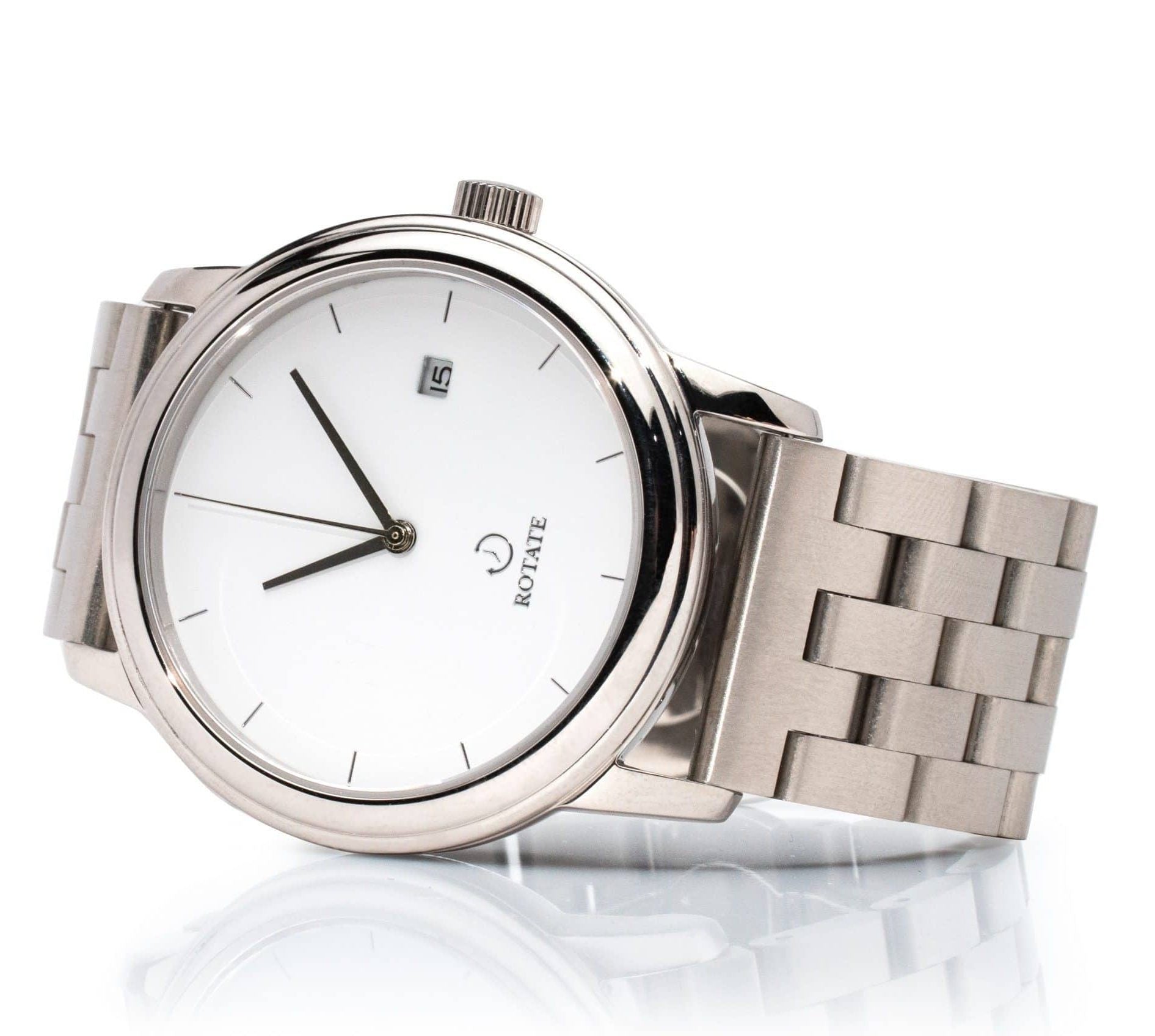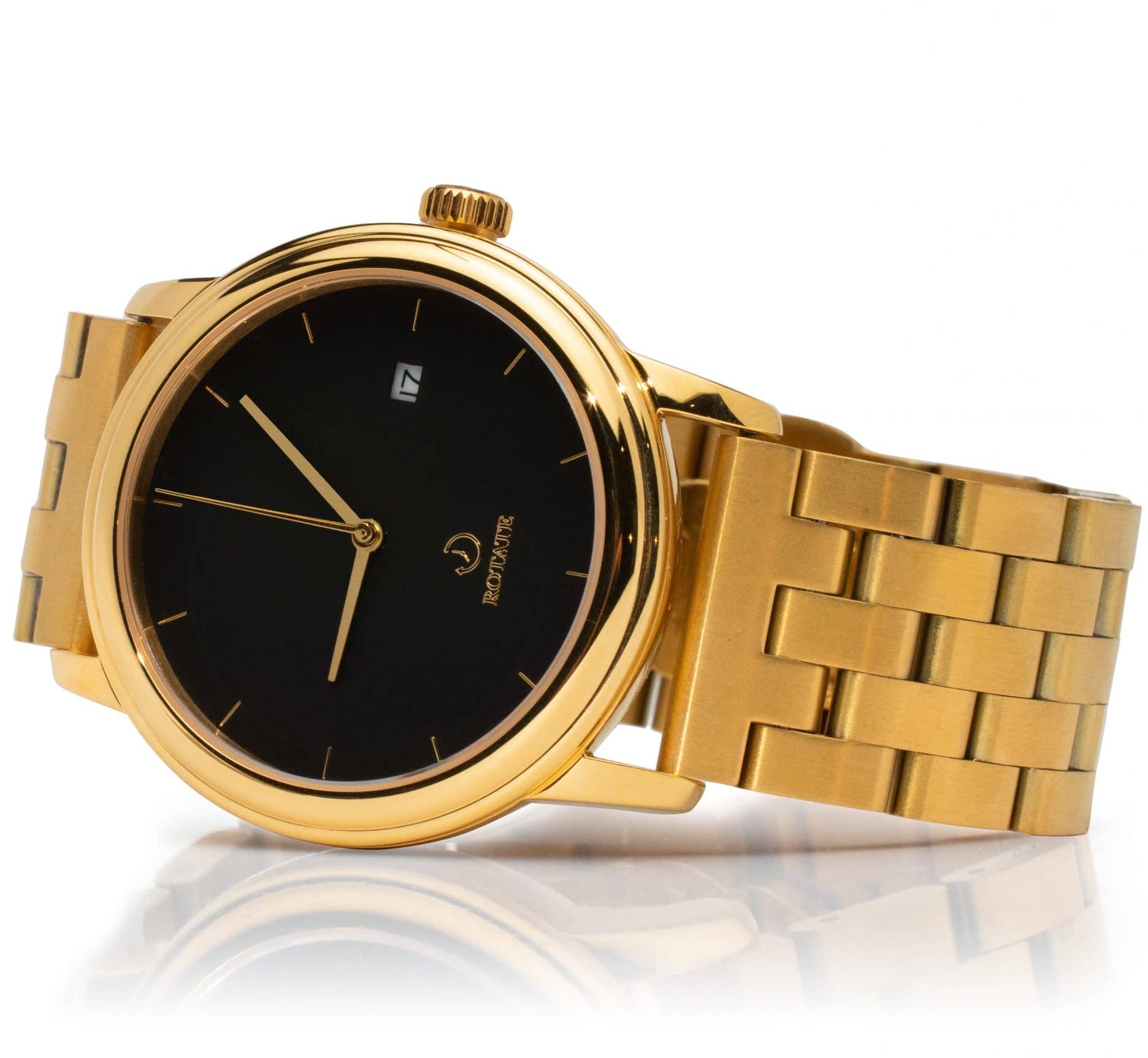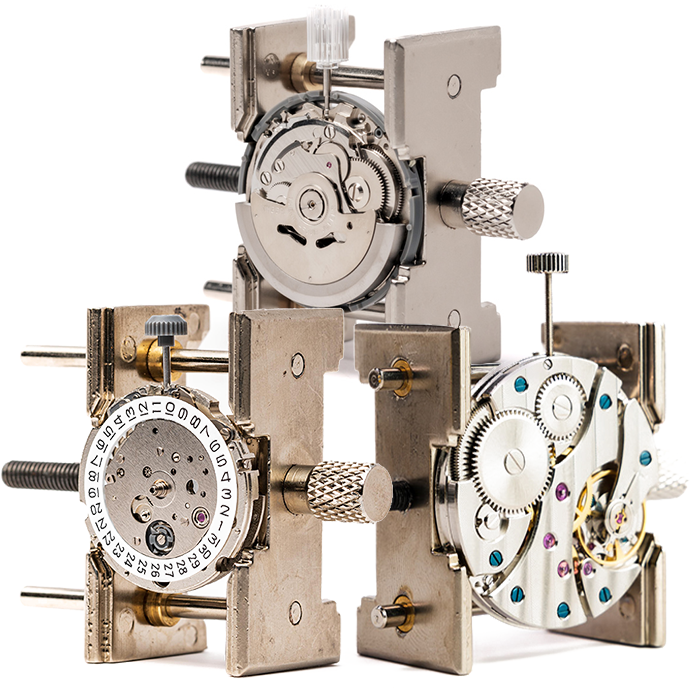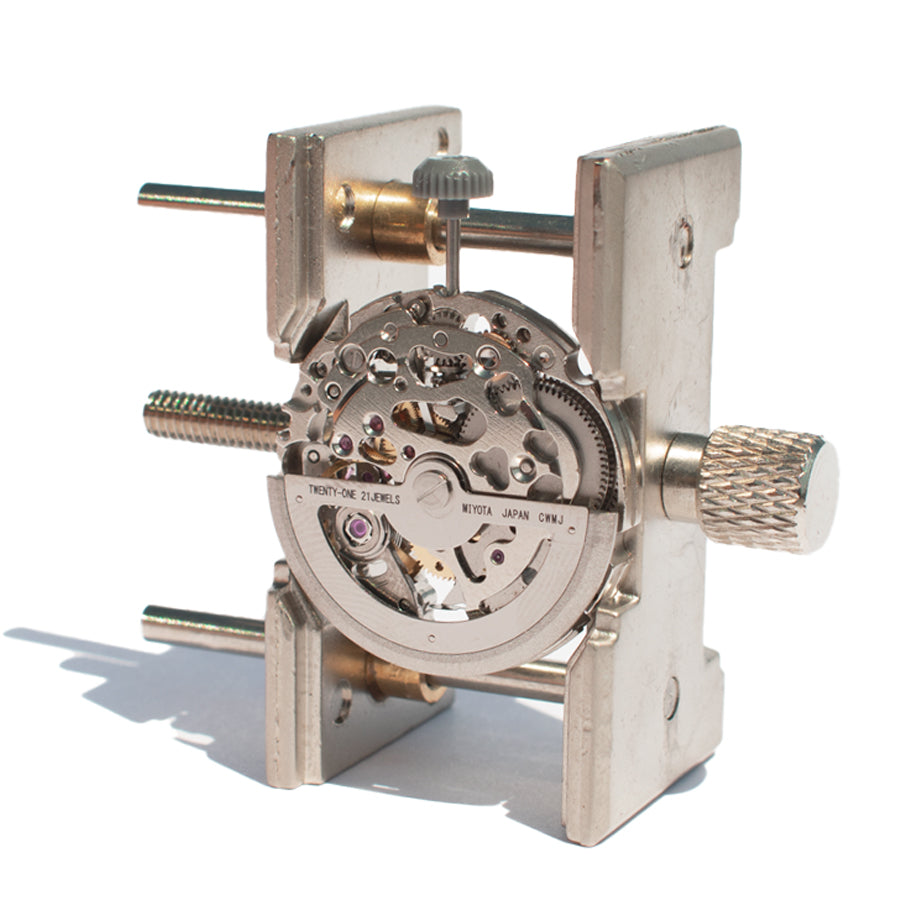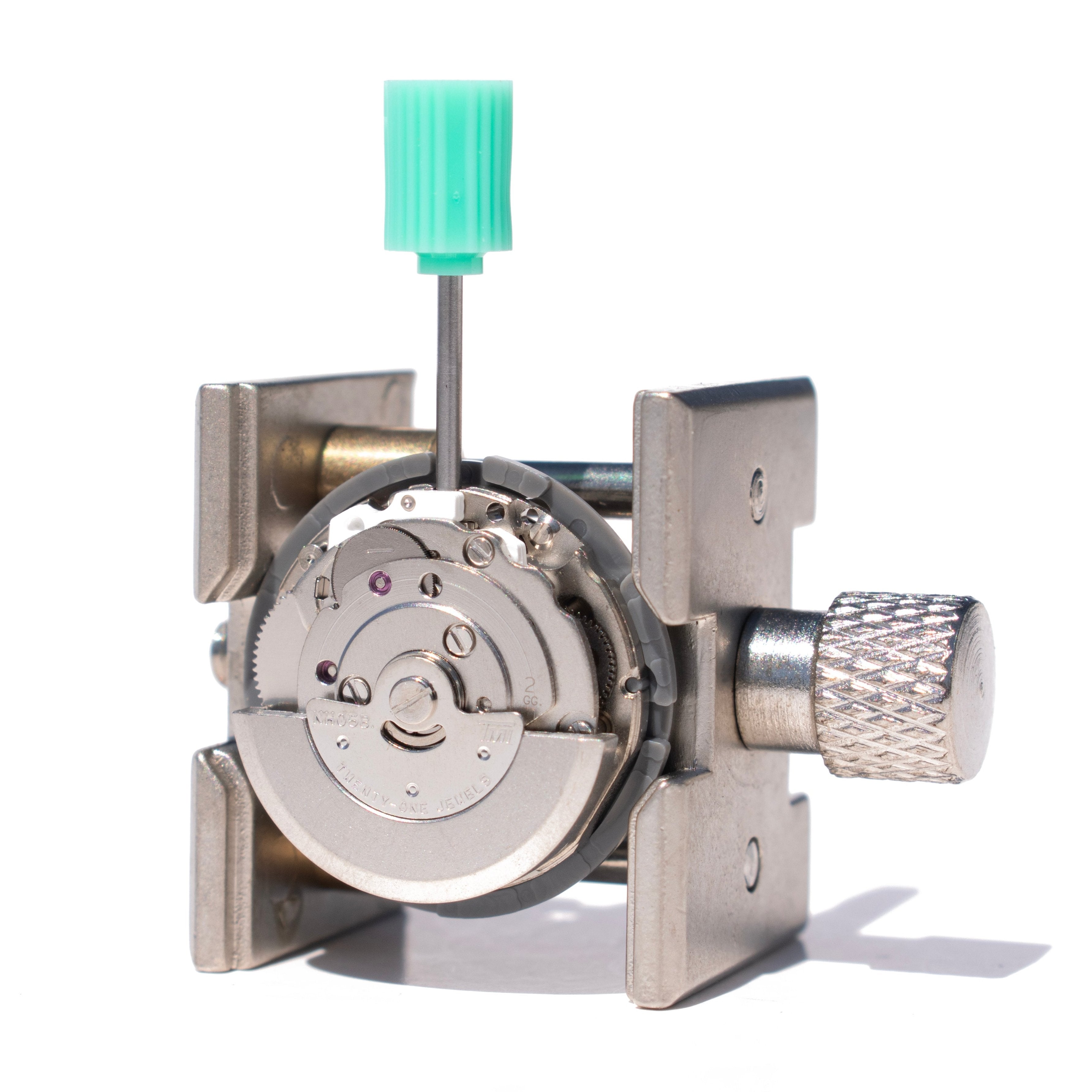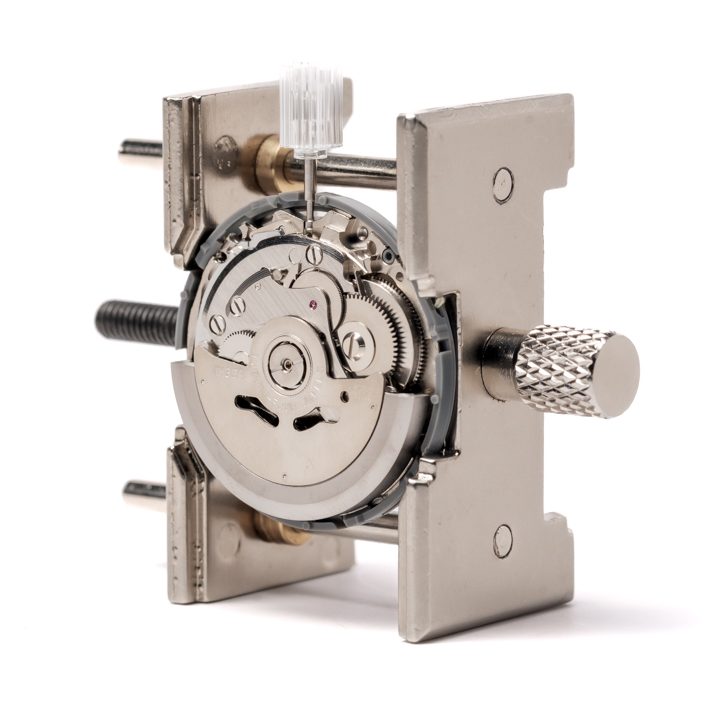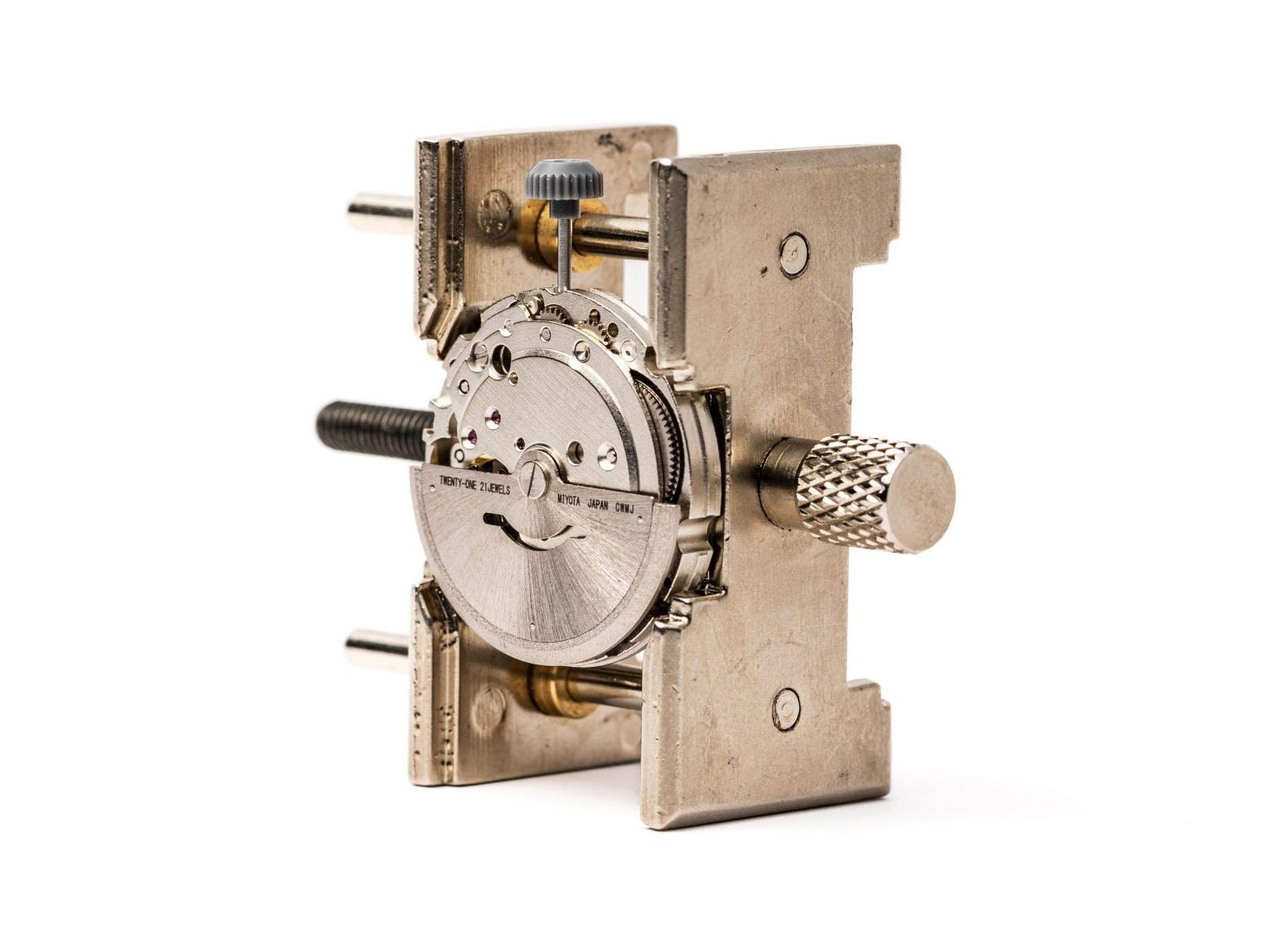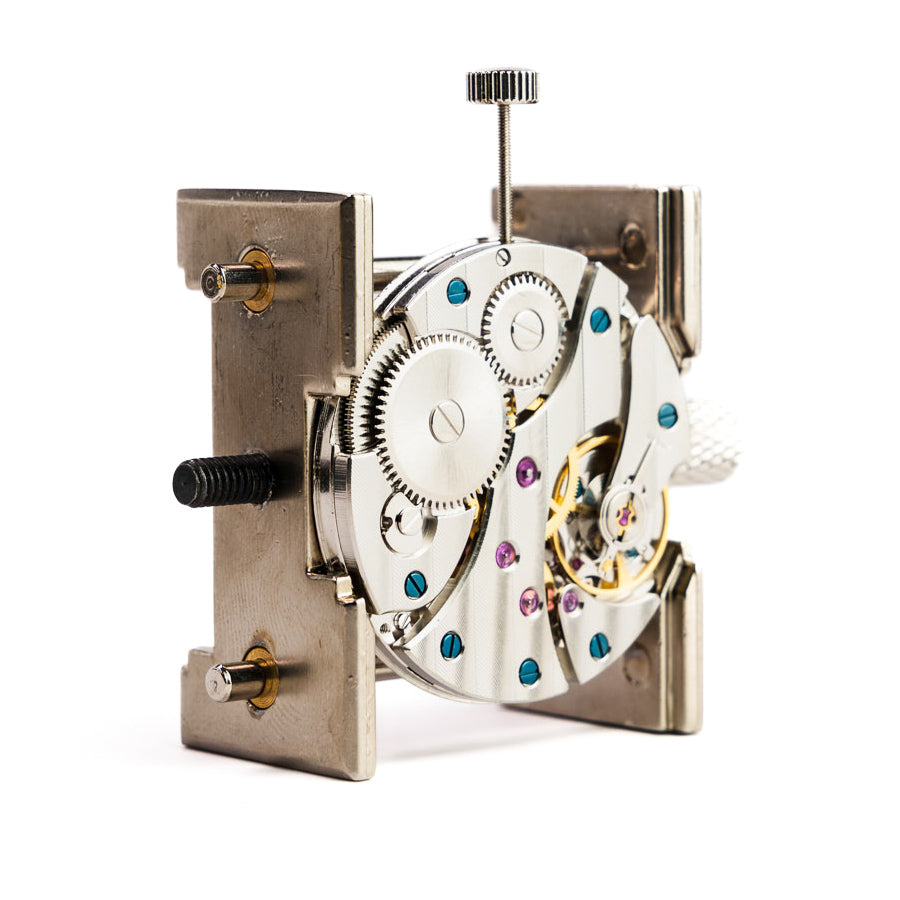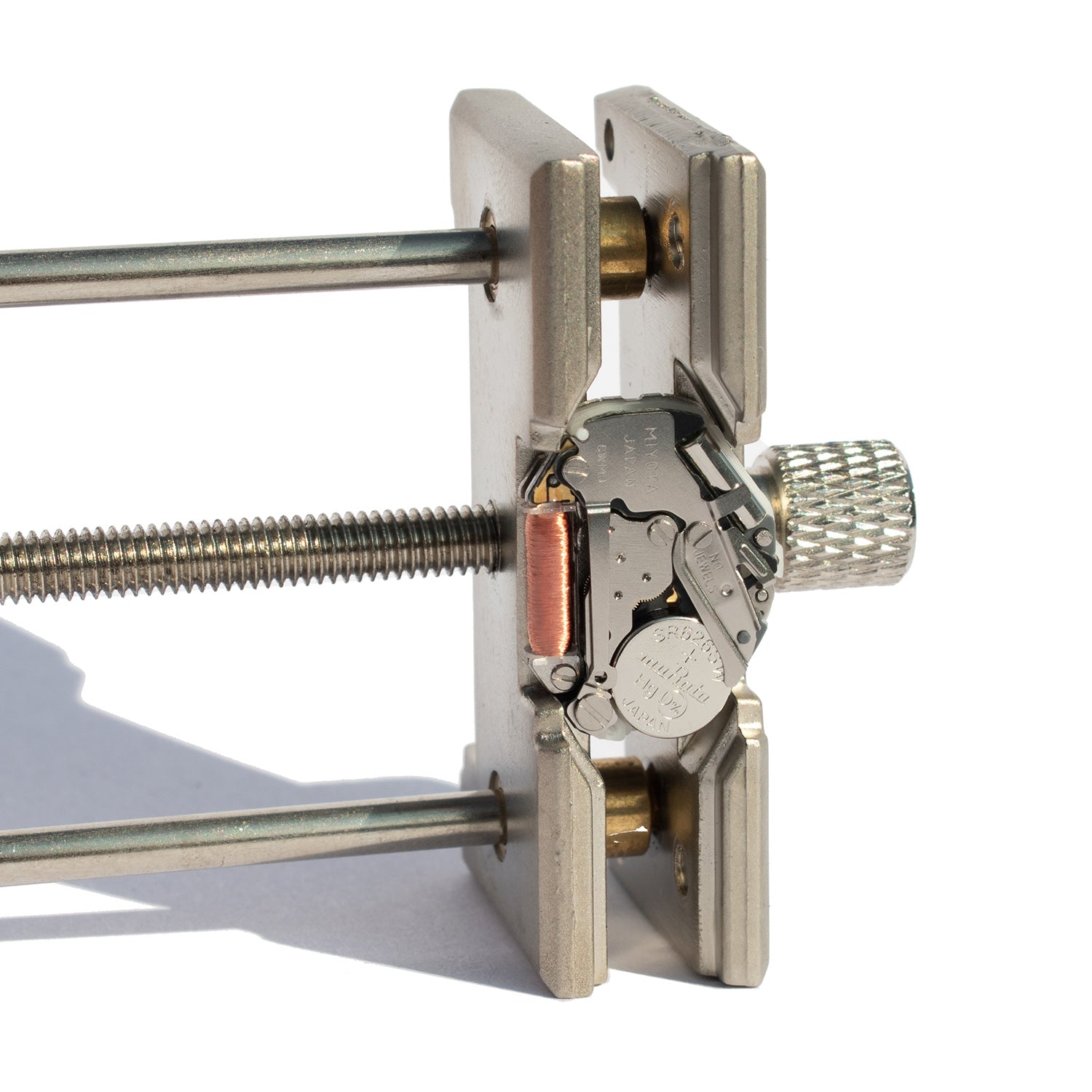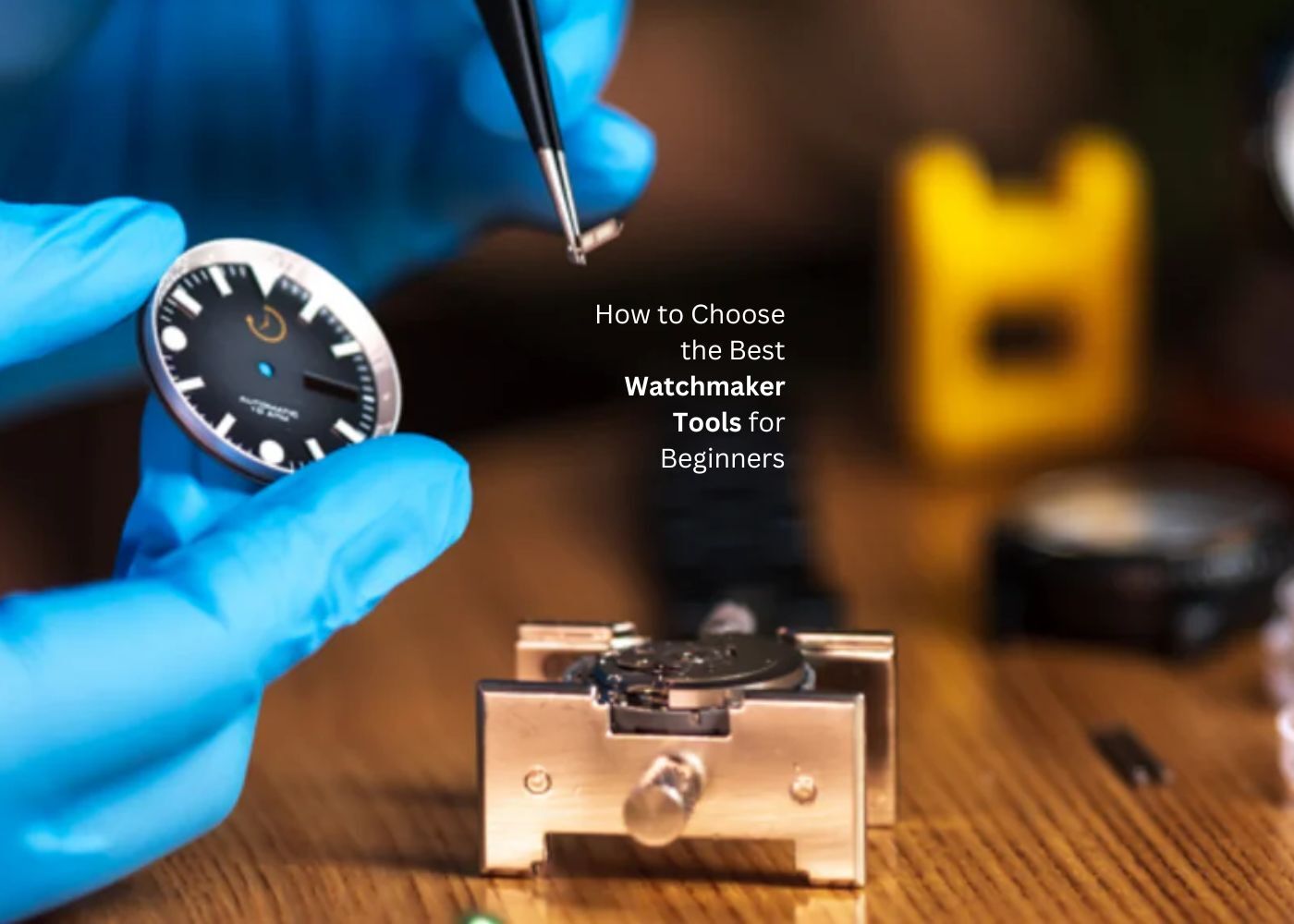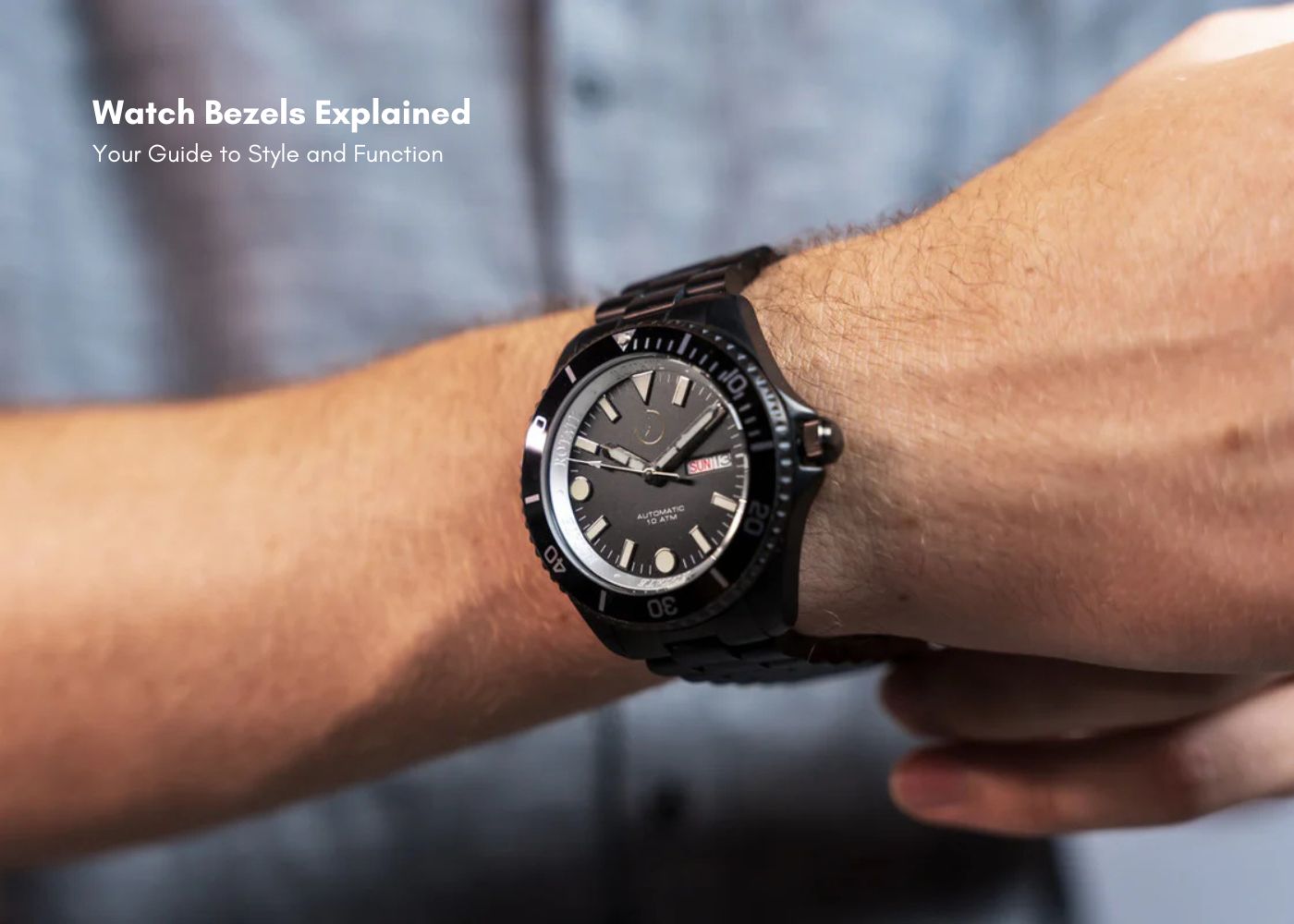
Understanding Water Resistance Ratings: What You Need to Know
When you're shopping for a new watch or electronic device, you've likely come across terms like water resistance ratings and IP ratings. These seemingly cryptic codes actually hold crucial information about how well your gadget can withstand exposure to water.
Let's break down these concepts in simple terms, so you can make informed decisions about your next purchase.
What Are Water Resistance Ratings?
Water resistance ratings tell you how well a product, especially a watch, can handle contact with water. Think of it as a measure of how "waterproof" something is, although that term isn't entirely accurate (more on that later).
The ratings are usually expressed in meters or atmospheres (ATM).
For example, if you see a watch rated at 30 meters or 3 ATM, it means the watch can withstand splashes or rain but isn't suitable for swimming.
A rating of 50 meters or 5 ATM indicates the watch can handle brief swimming, while 100 meters or 10 ATM is good for snorkeling and water sports.
Understanding IP Codes
IP ratings, which stands for Ingress Protection, are a bit different. They're used for electronic devices and tell you how well the device is protected against both solids (like dust) and liquids. The rating consists of two numbers: the first for solids and the second for liquids.
For instance, an IP67 rating means:
-
6: Completely protected against dust
-
7: Can be submerged in water up to 1 meter deep for 30 minutes
An IP68 rating offers even better protection, often allowing for deeper water submersion for longer periods.
Common Water Resistance Ratings Explained
Let's break down some common water resistance ratings you might encounter:
-
3 ATM (30 meters): Splash resistant. Good for everyday wear but remove before showering or swimming.
-
5 ATM (50 meters): Suitable for swimming but not for diving.
-
10 ATM (100 meters): Good for swimming and snorkeling.
-
20 ATM (200 meters): Suitable for scuba diving.
Keep in mind that these ratings are tested in static conditions. In real-world use, movement and water pressure can affect performance. For instance, the Rotate® Knight Watchmaking Kit boasts a 5 ATM rating, making it perfect for everyday wear and light water exposure.
Build Your Own 5 ATM Water-Resistant Watch
Waterproof vs. Water Resistant
You might wonder about the difference between waterproof vs water resistant. Here's the simple truth: no watch is truly waterproof forever. Over time, seals can degrade, affecting water resistance. That's why you'll mostly see the term "water resistant" used instead of "waterproof."
-
Water Resistant: Can withstand some water exposure under specific conditions.
-
Waterproof: A term rarely used now, as it implies complete and permanent protection against water.
For example, the Rotate® Cabot Watchmaking Kit offers an impressive 10 ATM water resistance, making it suitable for swimming and snorkeling. While it's highly water-resistant, we avoid calling it "waterproof" to set realistic expectations.
Create Your Own 10 ATM Water-Resistant Timepiece
Why Water Resistance Ratings Matter
Understanding these ratings helps you choose the right watch for your lifestyle. If you're a swimmer or diver, you'll want a higher rating. For everyday wear, a lower rating might suffice. Knowing your watch's limits prevents accidental damage and extends its lifespan.
For watch enthusiasts building their own timepieces with Rotate® kits, selecting the right water resistance rating ensures your creation stands up to your daily activities.
Maintaining Water Resistance
Even with a good rating, proper care is crucial:
-
Avoid extreme temperature changes, which can affect seals.
-
Don't press buttons or adjust the crown underwater.
-
Rinse your watch with fresh water after swimming in salt water.
-
Have the seals checked regularly, especially before water activities.
When building your own watch with a Rotate® kit, carefully follow the assembly instructions to ensure proper sealing.
Choosing the Right Watch Kit for Water Resistance
Rotate® offers various kits with different water resistance levels:
-
The Knight Watchmaking Kit: 5 ATM water resistance, perfect for everyday wear and light water exposure.
-
The Cabot Watchmaking Kit: 10 ATM water resistance, ideal for swimming and snorkeling enthusiasts.
Both kits come with all necessary tools and detailed guides, allowing you to create a personalized, water-resistant timepiece.
The Role of Gaskets in Water Resistance
Gaskets play a crucial role in a watch's water resistance. These small rubber or plastic rings create a seal between different parts of the watch, like the case back, crystal, and crown. When assembling your Rotate® watch kit, pay special attention to these gaskets:
-
Ensure they're properly seated in their grooves.
-
Check for any signs of damage or wear.
-
Apply a thin layer of silicone grease if provided in the kit.
Proper gasket installation significantly contributes to your watch's water resistance capabilities.
Water Resistance in Different Watch Styles
Different watch styles may have varying levels of water resistance:
-
Dress Watches: Often have lower water resistance (3-5 ATM) as they're not designed for water activities.
-
Dive Watches: Typically offer high water resistance (20 ATM or more) and additional features like unidirectional bezels.
-
Sports Watches: Usually fall in the middle range (10-20 ATM), suitable for most water sports.
When building your Rotate® watch, consider how you'll use it to choose the appropriate style and water resistance level.
Testing Water Resistance at Home
While professional testing is ideal, you can perform a simple at-home check:
-
Place a drop of water on the watch crystal.
-
Press down gently with your finger.
-
If the water maintains its droplet shape, the seal is likely intact.
Remember, this test isn't foolproof and doesn't replace professional testing, especially for high water resistance ratings.
Conclusion
Understanding water resistance ratings, IP ratings, and the nuances of waterproof vs water resistant devices empowers you to make informed decisions about your watches and electronics. Whether you're purchasing a ready-made watch or embarking on the exciting journey of building your own with a Rotate® kit, this knowledge ensures your timepiece meets your lifestyle needs.
Remember, water resistance is not a permanent feature. Regular maintenance and proper care are essential to preserve your watch's water resistance capabilities. Choose the right water resistance level, take good care of your timepiece and you'll be able to enjoy worry-free wear in various conditions.
Ready to create your own water-resistant masterpiece? Explore Rotate®'s range of watchmaking kits and start your horological journey today!
Start Your Watchmaking Adventure
FAQs
Q. What is a good water resistance rating?
For daily wear, 5 ATM is sufficient. For swimming, aim for 10 ATM. Diving requires 20 ATM or higher.
Q. Which is better, IP68 or IPX7?
IP68 offers superior protection. It's dust-tight and waterproof beyond 1 meter, while IPX7 is only water-resistant to 1 meter.
Q. What does IP60 waterproof mean?
IP60 isn't waterproof. It's dust-tight (6) but offers no protection against water (0).
Q. Is IP67 waterproof for swimming?
IP67 can withstand temporary immersion up to 1 meter. It's okay for accidental dunks but not recommended for swimming.


